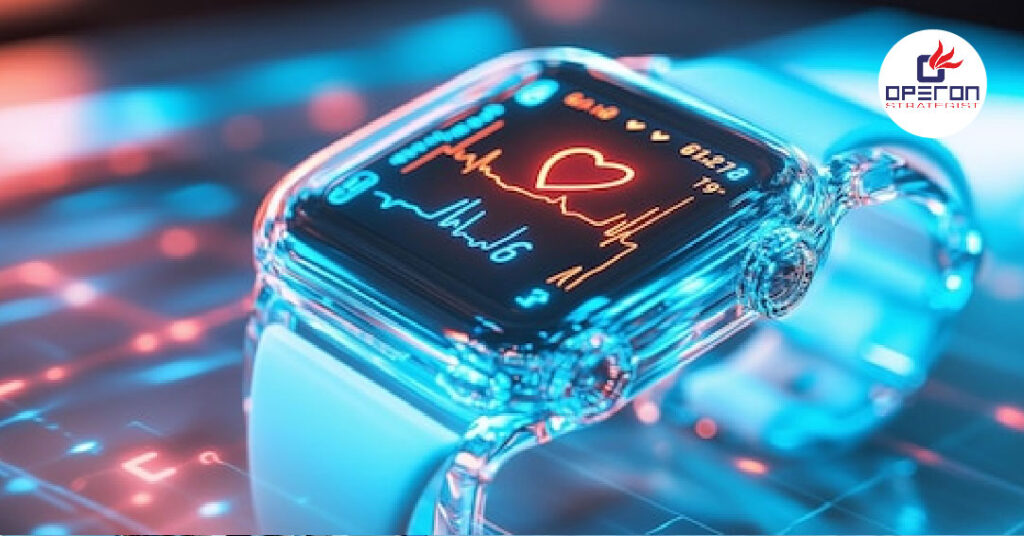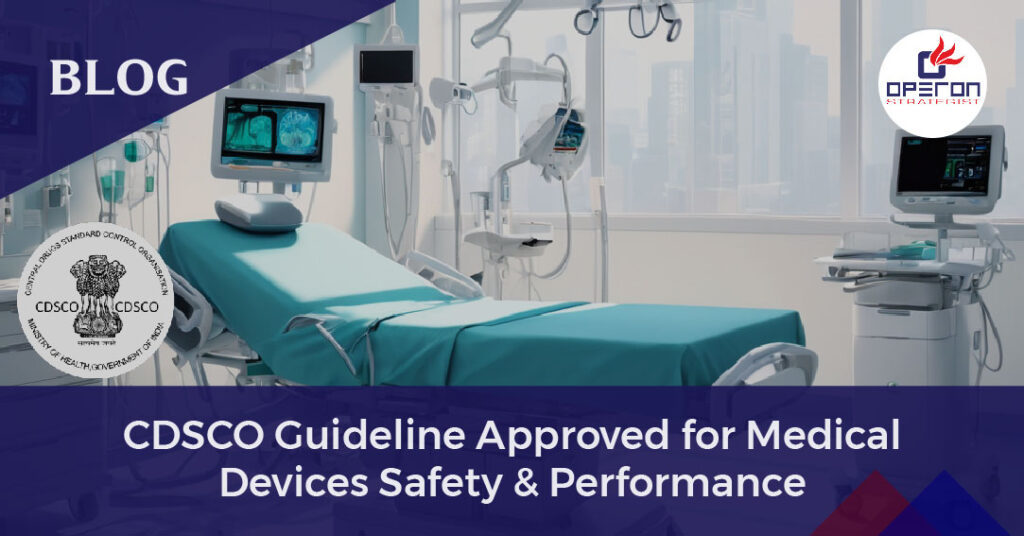Wearable Technology in Healthcare: An Overview
We live in a time where your watch can tell you more than the time—it can monitor your heart, track your sleep, and even warn you if something’s off. That’s the magic of wearable technology in healthcare. These smart devices are no longer just fitness trends—they’re playing a real role in improving lives, detecting health issues early, and supporting doctors with real-time data.
But behind all that innovation lies a critical piece of the puzzle: regulatory compliance. For any company looking to bring wearable medical devices to market, navigating the regulatory landscape is just as important as the tech itself.
You can also read our blog on: Wearable Medical Devices
Looking For a Medical Device Regulatory Consultant?
What Exactly Is Wearable Technology in Healthcare?
Think of wearable healthcare tech as smart devices you wear—on your wrist, around your chest, or even as a patch on your skin—that continuously monitor health data. Some common examples you might already know, or use include:
- Smartwatches that track your heart rate, oxygen levels, and even run ECGs
- Continuous glucose monitors (CGMs) for people managing diabetes
- Fitness trackers that help monitor your daily steps, calories, and sleep patterns
- Wearable blood pressure monitors
- Biosensor patches that collect real-time data on temperature, breathing, and more
The beauty of these devices is that they give both patients and doctors better insights into health, sometimes even preventing hospital visits.
Why Regulatory Compliance Matters
Here’s the thing: not every wearable needs to go through heavy regulation. But if your device makes a medical claim—like diagnosing, treating, or monitoring a condition—it’s officially a medical device and must meet strict regulatory rules.
Why does this matter?
- To make sure the device is safe and does what it promises
- To protect patient data and privacy
- To meet the standards of different countries before entering their markets
- To avoid delays, fines, or worse getting pulled from shelves after launch
Let’s Talk About the Regulations: What You Need to Know
Every country has its own set of rules, but here’s a quick breakdown of the big ones:
In the United States – FDA Compliance
The FDA (U.S. Food and Drug Administration) groups medical devices into three classes:
- Class I: Low-risk devices (like step counters)
- Class II: Moderate risk (like ECG monitors)
- Class III: High-risk, life-sustaining devices (like implantable defibrillators)
If your wearable falls under Class II or III, you’ll probably need a 510(k) clearance or even a Premarket Approval (PMA). And if your device includes software, especially AI or cloud-based features, it may also be regulated as Software as a Medical Device (SaMD).
In the EU–MDR 2017/745 Requirements – CE Marking
To sell in Europe, your device must follow the EU MDR. That means:
- Meeting General Safety and Performance Requirements (GSPR)
- Undergoing risk classification
- Getting approval from a Notified Body if required
- Completing a clinical evaluation
- And yes, getting that all-important CE Mark
Even wellness-focused devices may require CE marking if they stray into medical claims.
In India – CDSCO Medical Device Registration
India’s CDSCO (Central Drugs Standard Control Organization) also has strict rules for medical devices. Devices are grouped from Class A to D, depending on risk level.
You’ll need:
- Form MD-5 for manufacturing
- Form MD-15 for importing
- Certification under ISO 13485
- And full compliance with the Medical Devices Rules, 2017
A wearable that monitors vitals like blood pressure or glucose? Likely a Class B or C—and yes, it needs registration.
Why ISO 13485 Matters for Wearables
Think of ISO 13485:2016 as the gold standard for medical device quality systems. Most countries (including the US, EU, and India) expect manufacturers to follow this.
Here’s what it helps with:
- Ensuring your product design is safe and risk-controlled
- Managing your suppliers and processes with consistency
- Validating any software or tech features
- Staying prepared for audits and inspections
- Making regulatory submissions smoother and more credible
Real Talk: What Challenges Do Manufacturers Face?
Let’s be honest—it’s not always easy sailing when you’re building the next big wearable device. Some common hurdles include:
- Deciding if your product is “medical” or just wellness
- Handling frequent software updates and cybersecurity issues
- Keeping up with changing rules across regions
- Managing data privacy—especially with laws like GDPR and HIPAA
That’s why it’s crucial to build compliance into your process from the very beginning. It saves a lot of trouble (and money) down the road.
Ready to Take Your Wearable Device From Concept to Compliant Product?
How Operon Strategist Can Help You Launch Compliant Wearable Devices
At Operon Strategist, we’ve worked with dozens of medical device innovators and wearable tech startups. We know the regulatory maze—and we’re here to guide you through it.
We can support you with:
- Regulatory strategy and device classification
- US FDA 510(k), CE Marking, and CDSCO submissions
- ISO 13485 QMS implementation
- Risk management, documentation, and technical files
- Full turnkey consulting for setting up manufacturing units
Contact us today to discuss how we can help navigate your regulatory journey and bring your device to market smoothly!
- adminhttps://operonstrategist.com/author/admin-2/
- adminhttps://operonstrategist.com/author/admin-2/
- adminhttps://operonstrategist.com/author/admin-2/
- adminhttps://operonstrategist.com/author/admin-2/




